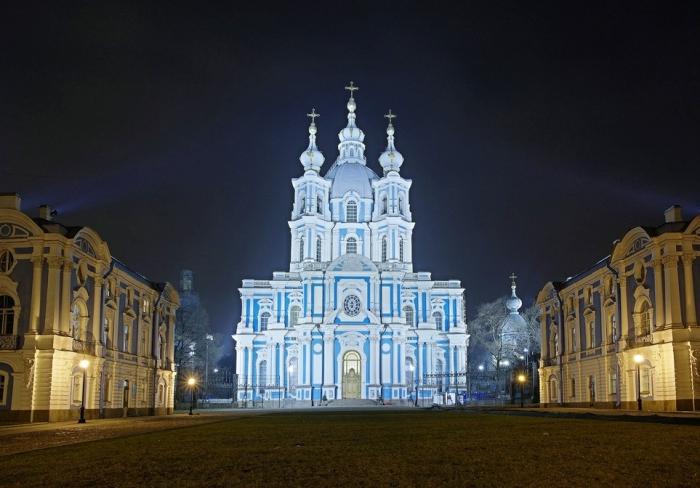Suvorovsky Prospect is one of the largest highways of St. Petersburg, stretching to the square of the Proletarian Dictatorship. The highway was built in the middle of the XVIII century. The street began at the "Elephant yard", on the site of which today is the modern hotel "October".
Houses are numbered on the street from Nevsky Prospect. At the end of the 18th century, Suvorovsky Prospect was an ordinary suburban road leading to the Neva. Elephants from the menagerie (Elephant yard) were taken along it to a watering place. The menagerie contained fourteen elephants, which in 1741 were given to the queen by the
Persian shah. Residents of St. Petersburg came here for a walk and admire the unprecedented animals. Over time, a new expression appeared in the vocabulary, "wander around" - "wander around." At that time, when the road entered the city limits, it was called a sandy street from the name of the district in which it passed. The area near the Suvorov highway was formerly called Sands, due to the fact that there were large marine sand deposits in this part of the city of St. Petersburg. In 1752, a settlement called “Office of the House and Garden Building” was set up on these dry places, and later eight streets appeared in parallel. Later, a Christmas church was built in the center of the settlement, which made the whole area called Rozhdestvensky. In the period from 1802 to 1830 the route was the Horse Guards.
In 1900, a hundred years after the death of A.V. Suvorov, in honor of the commander on the street Slonova in the Academy of the General Staff, a museum was temporarily opened. Today it houses the Military Academy of Communications. In 1904, a permanent museum was created near this avenue in the house No. 41-6 on Kirochnaya Street.
It was at that time that the highway began to be called Suvorov Avenue. For some time, part of the modern highway from 9th Sovetskaya Street to the
Smolny Palace was called the “passage to the
Smolny Monastery”. In the 19th century, the road was named differently. It was both Middle and Elephant Street, they called it and Big Avenue. At the beginning of the 20th century, the highway was extended to Nevsky Prospekt. In length, it takes a distance of about two kilometers. From 1923 to 1944, the street was called Sovetsky Prospekt, due to the fact that its direction was to Smolny, which housed the Petrograd Soviet. On its way, Suvorovsky Prospect St. Petersburg intersects with almost 20 streets, including nine Sovetsky. The construction of the avenue was actively carried out at the junction in the 19th and 20th centuries. Mostly apartment buildings were built here. There are 67 houses on Suvorovsky Prospekt, including buildings with cafes and restaurants, household and grocery stores, banks, beauty salons, and dental clinics. In addition, there are numerous state and administrative institutions.

Suvorovsky Prospekt today consists of old mansions harmoniously combined with modern buildings. It is one of the most important highways of St. Petersburg, which connects the area of the Proletarian dictatorship with the Smolny Palace and
the Uprising Square.